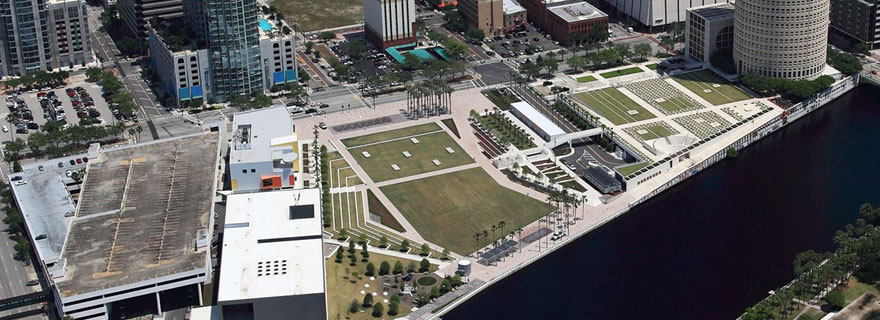Until Sylvia Espinola, sitting on the back patio of her riverfront home, watched a king-sized mattress float past.
“At first, we couldn’t believe it was floating and then we couldn’t believe that no one had any way to regulate people throwing trash like that in the river,” she recalls.
Running through jurisdictions including Hillsborough County and the cities of Tampa and Temple Terrace, the Hillsborough River had few protections in place even though it did – and still does – supply the city of Tampa with most of its potable water.
More than a few phone calls later, Espinola found herself in contact with then-Senator Pat Frank who pushed through legislation that created the Hillsborough River Interlocal Planning Board composed of representatives of all three districts.
It was backed by a technical advisory committee whose membership read like a “who’s who” in Tampa Bay’s environmental planning history including Roger Stewart, then director of the Environmental Planning Commission of Hillsborough County; Peter Hubbell, then director of the Southwest Florida Water Management District; and Peter Clark, then staff to the Agency on Bay Management at the Tampa Bay Regional Planning Council. It also included staff and scientists from the Army Corps of Engineers, the Southwest Florida Water Management District, the Florida Department of Environmental Protection and three citizens representing each of the jurisdictions.
The first order of business was a master plan for the river, outlining what could be done to protect the city’s water supply, reverse the trend toward hardened shorelines and increase access so more people could appreciate its beauty.
“It took us three years to write the master plan and we didn’t get everything we wanted, but all three of the jurisdictions included some of the language in their comprehensive plans,” Espinola said.
As Tampa’s Riverwalk becomes a popular destination for locals and tourists, it’s difficult to imagine the discussions that took place when developments like the “beer can tower” and the downtown Sheraton were allowed to build directly on the river. “We weren’t happy, but the master plan wasn’t a binding document – our goal was to allow people to enjoy the river without infringing on property owners’ rights,” she added.

And most of the river does remain accessible, although other goals – including year-round slow speed zones to protect manatees and “people-powered” watercraft like canoes and kayaks – are still not in place, Espinola said.
The single most important goal identified in the master plan – protecting potable water for the city of Tampa – has largely been achieved, although the city has a deal with Tampa Bay Water to provide drinking water during extreme droughts when the river dries up, like the 2009 event when no residential irrigation was allowed because the reservoir was so dry.
“Most people who live here don’t realize that it’s the primary source of drinking water in the city,” notes Lisa Montelione, who resigned her city council seat to run for the Florida Legislature and chaired her last River Board meeting this summer. “They turn on the spigot and expect to see water come out, but don’t usually have any idea where it came from.”
In many ways, the River Board is like the Agency on Bay Management because it brings policy makers and scientists into the same room to discuss the issues and make plans to move forward, notes Shawn College, the board’s executive director.
And like the ABM, the biggest challenge facing the River Board is “holding the line” as the region’s population continues to grow, he said. “Some stormwater outfalls still run directly into the river with little or no treatment but we’ve also seen so many improvements over the years. Along with the thousands of people who enjoy the Riverwalk, manatees and dolphin have come back, corals and mangroves are growing along the seawalls and the river is truly the heart of our community again.”
[su_divider]